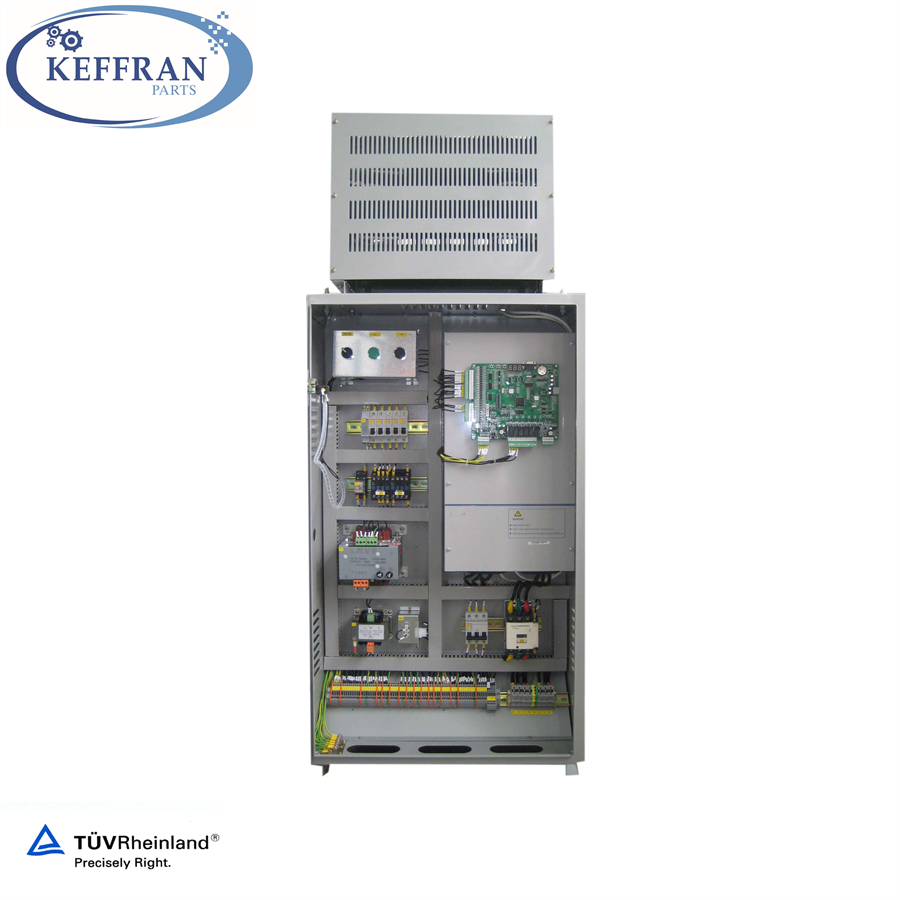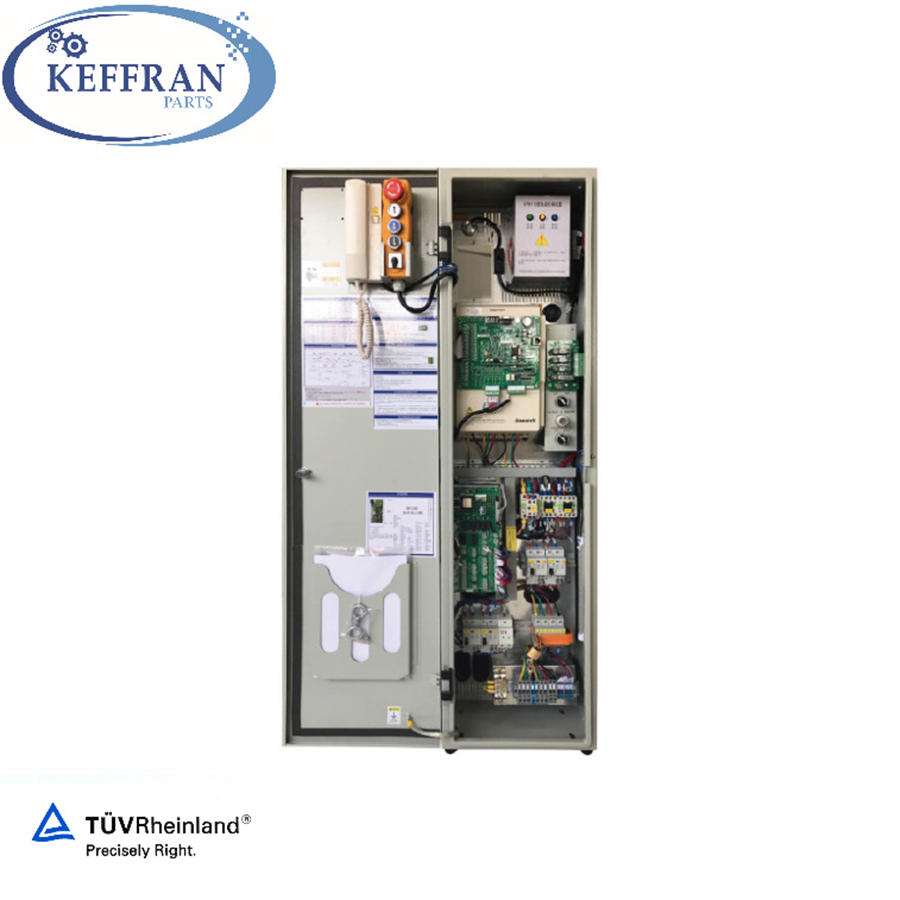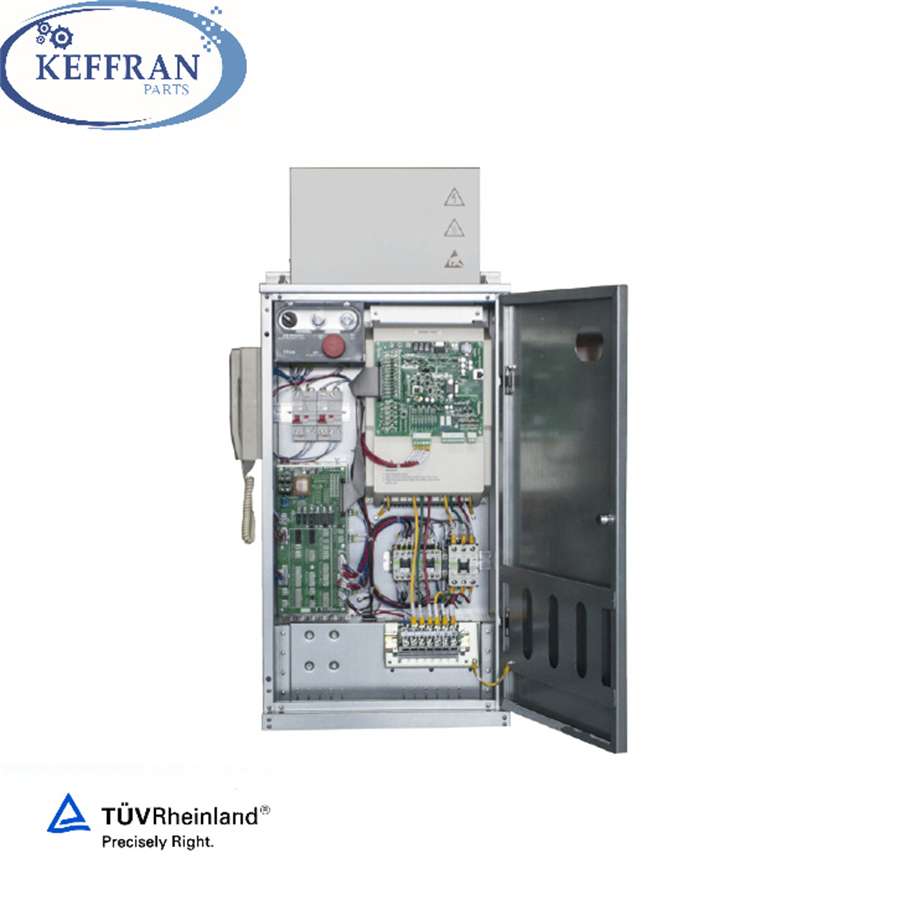Recently, Dr. Deng Dehui of the State Key Laboratory of Catalysis of the Dalian Institute of Chemical Physics of the Chinese Academy of Sciences, researcher Pan Xiulian, and academician Bao Xinhe have collaborated with the Fuel Cell Research Department of the Clean Energy National Laboratory to complete the experiment of replacing noble metals in fuel cell catalysts with iron for the first time. The relevant research results were published online today in the German Journal of Applied Chemistry.
It is understood that the use of hydrogen to generate electricity is an important goal for the development of advanced and sustainable energy systems in the future. To achieve this goal, proton exchange membrane fuel cells, which are important energy conversion devices, will play an irreplaceable role. However, this type of fuel cell requires a large amount of precious metals such as platinum, palladium, rhodium, etc. as catalysts, thereby affecting its large-scale application. Therefore, substantially reducing the precious metal content in the electrode material of the fuel cell, and eventually replacing the precious metal completely with the abundant "cheap" metal elements on the earth has become a major opportunity and challenge in this field.
To this end, the research team creatively confined iron-based metal nanoparticles into the lumen of a carbon nanotube with a pod-like structure, using the newly developed deep ultraviolet light emission electron microscope of the research group and using Shanghai Light Source Advanced. The X-ray absorption spectrum, combined with theoretical calculations, for the first time observed that the active d electrons of the metallic iron “pass through†the carbon nanotube wall through interaction with the carbon atoms constituting the carbon nanotube wall, so that the electrons enriched on the outer surface of the carbon tube are enriched. Directly catalyzes the reduction of molecular oxygen.
The experimental and theoretical studies further confirmed that in this system, the carbon wall encapsulating the nano-metal iron blocks the direct contact between the reaction gas and the iron nanoparticle, and in principle avoids deep oxidation of the active metal iron nanoparticle during the reaction. As well as the poisoning of other harmful components in the reaction atmosphere to the catalyst, the problem of the stability of the nanometal iron as a cathode catalyst of the fuel cell is fundamentally solved.
Industry experts believe that this study not only provides an effective approach for the research of precious metal alternatives for fuel cell catalysts, but also that the concepts developed have opened up new directions for the design and preparation of catalysts that operate under severe conditions.
The above research has been funded by the National Natural Science Foundation of China and the Ministry of Science and Technology. (trainee reporter Qiu Rui)
Our NICE Series of Elevator controllers are among the most advanced available, providing optimum performance in an intelligent, high quality, compact, cost effective package.
In the past, conventional Elevator systems were comprised of individual elevator controller and Inverter, mounted and wired separately. This arrangement required significant engineering effort, hardware wiring and software programming.
Our innovative NICE Series combines the elevator controller and Inverter in one integrated package thereby reducing the engineering effort, inter-module wiring and saving valuable space. The end product is a compact, reliable, user friendly, state of the art controller .
China Elevator Control System,Elevator Controller supplier & manufacturer, offer low price, high quality Motion Control Elevator,Elevator Control Panel, etc.



Elevator Control System,Elevator Controller,Motion Control Elevator,Elevator Control Panel
Suzhou Keffran Parts Co.,ltd , https://www.keffran-elevatorsmart.com
![<?echo $_SERVER['SERVER_NAME'];?>](/template/twentyseventeen/skin/images/header.jpg)